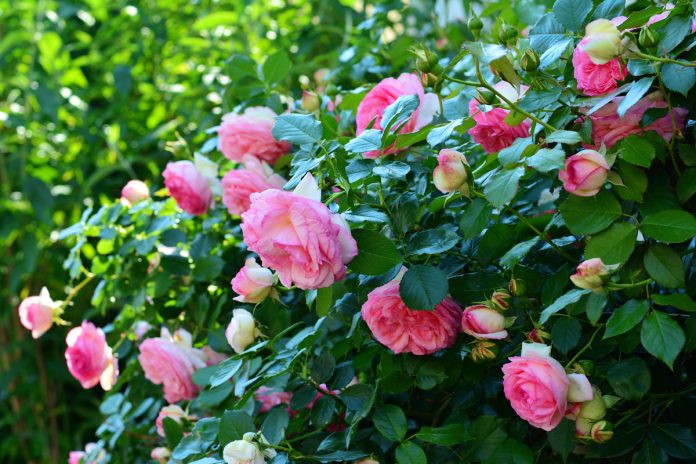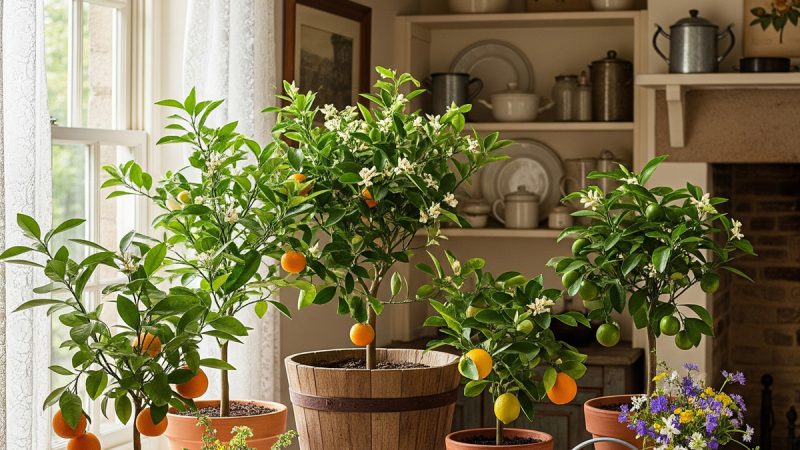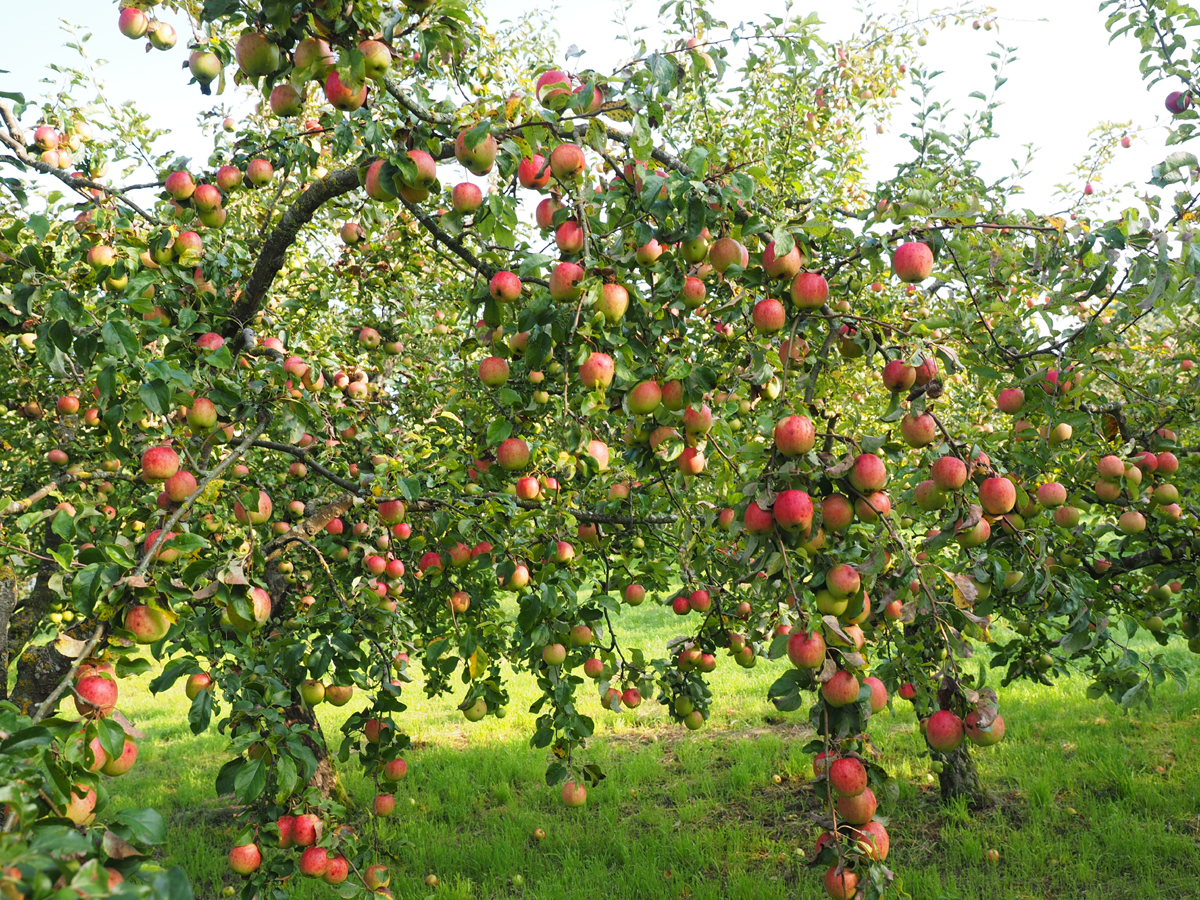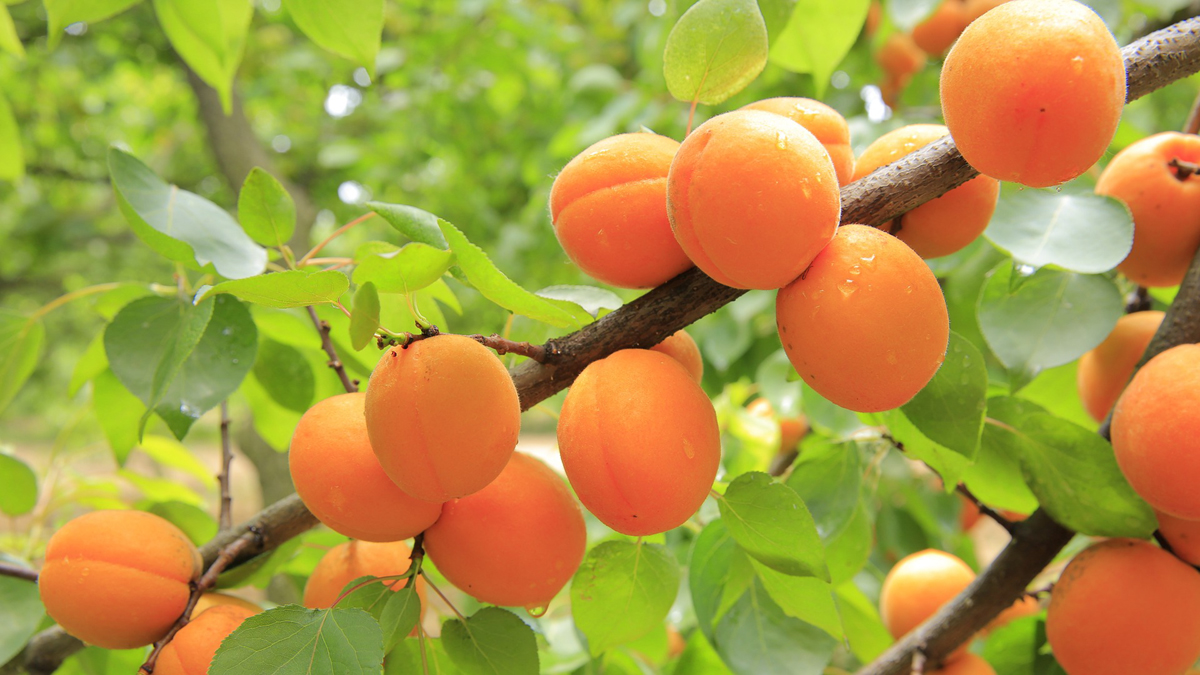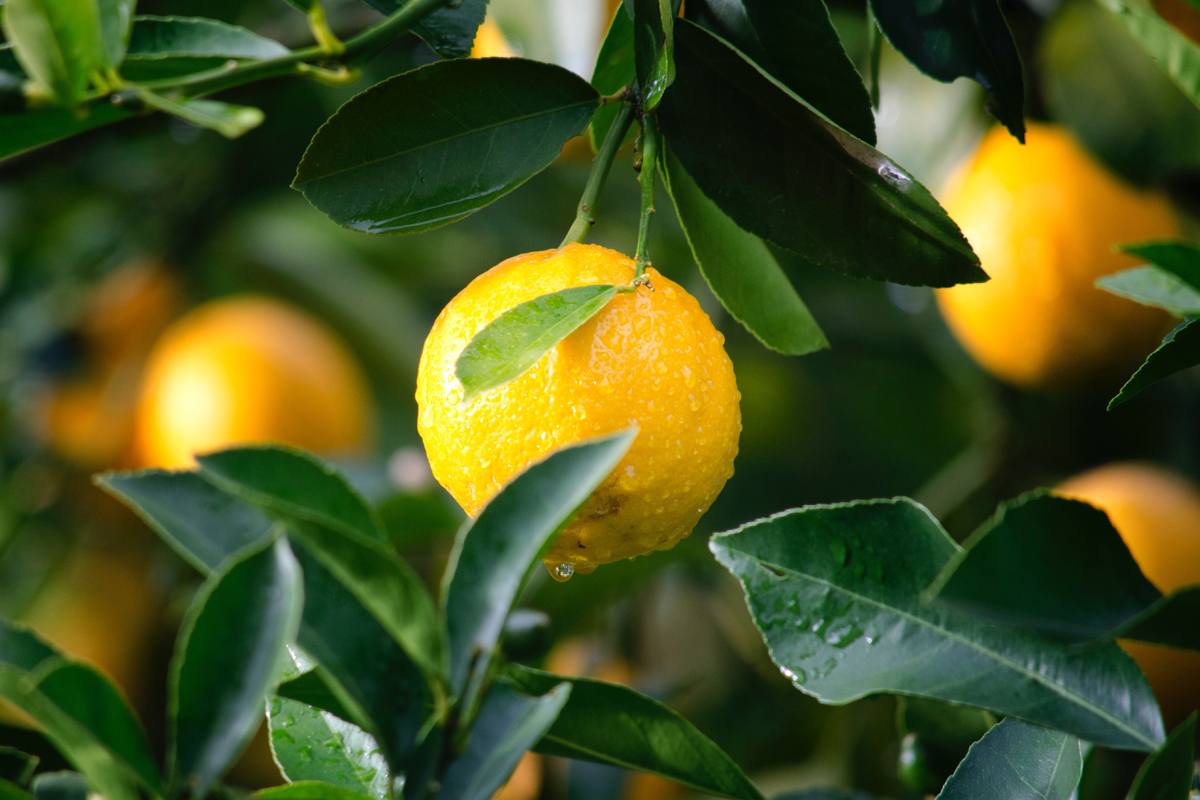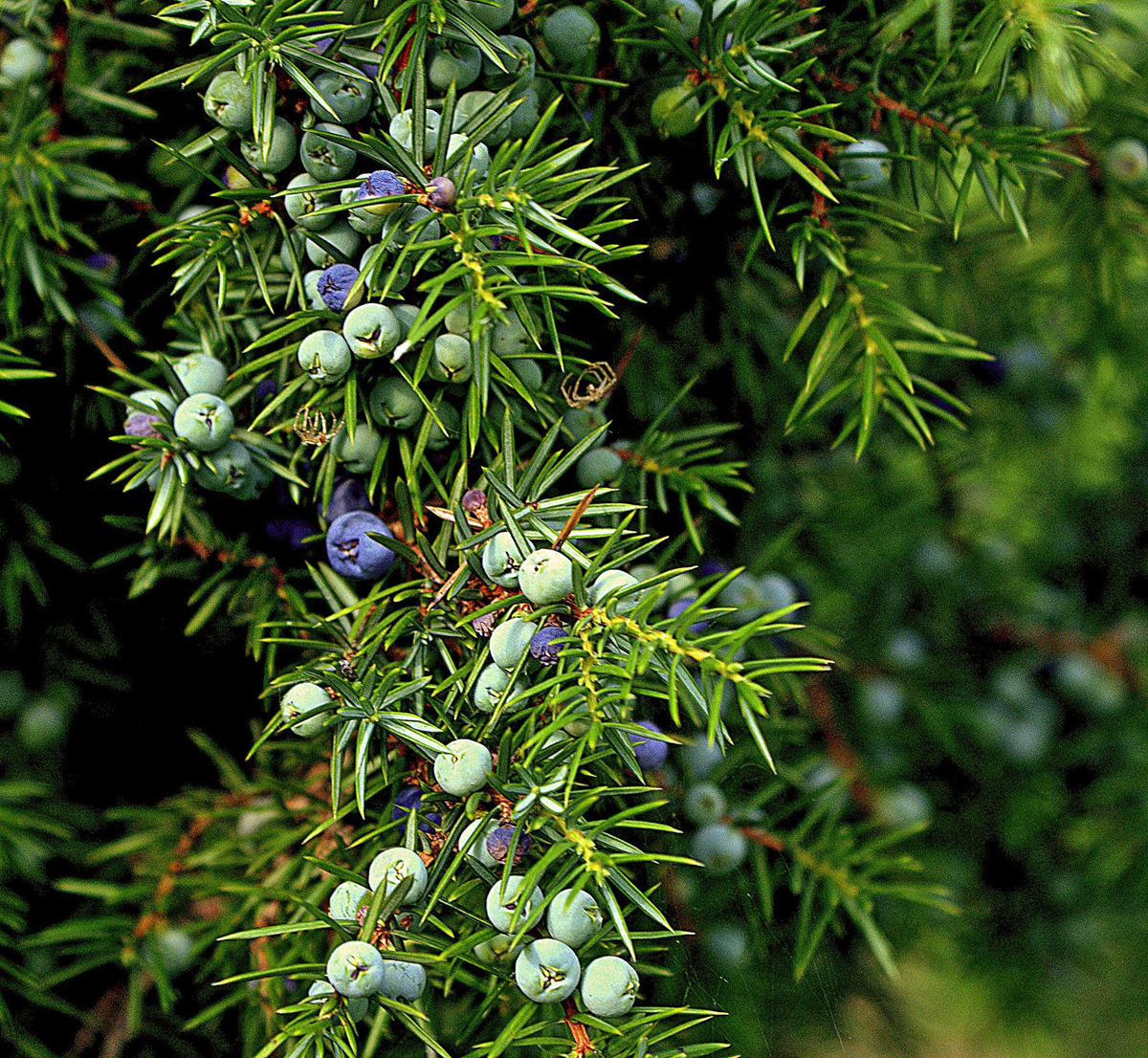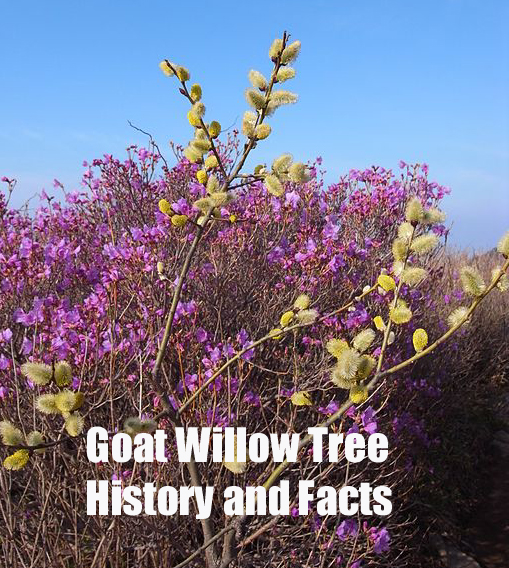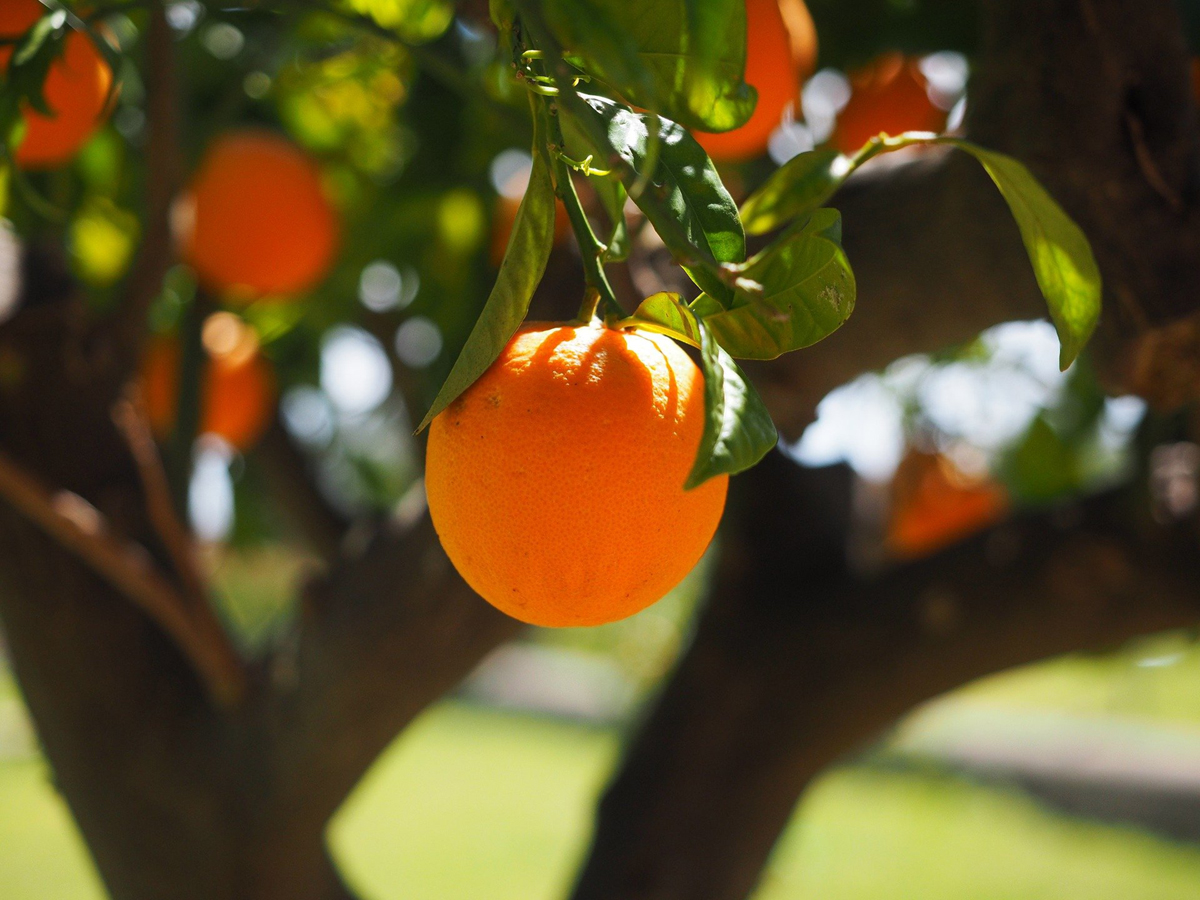The History of The Pecan Tree
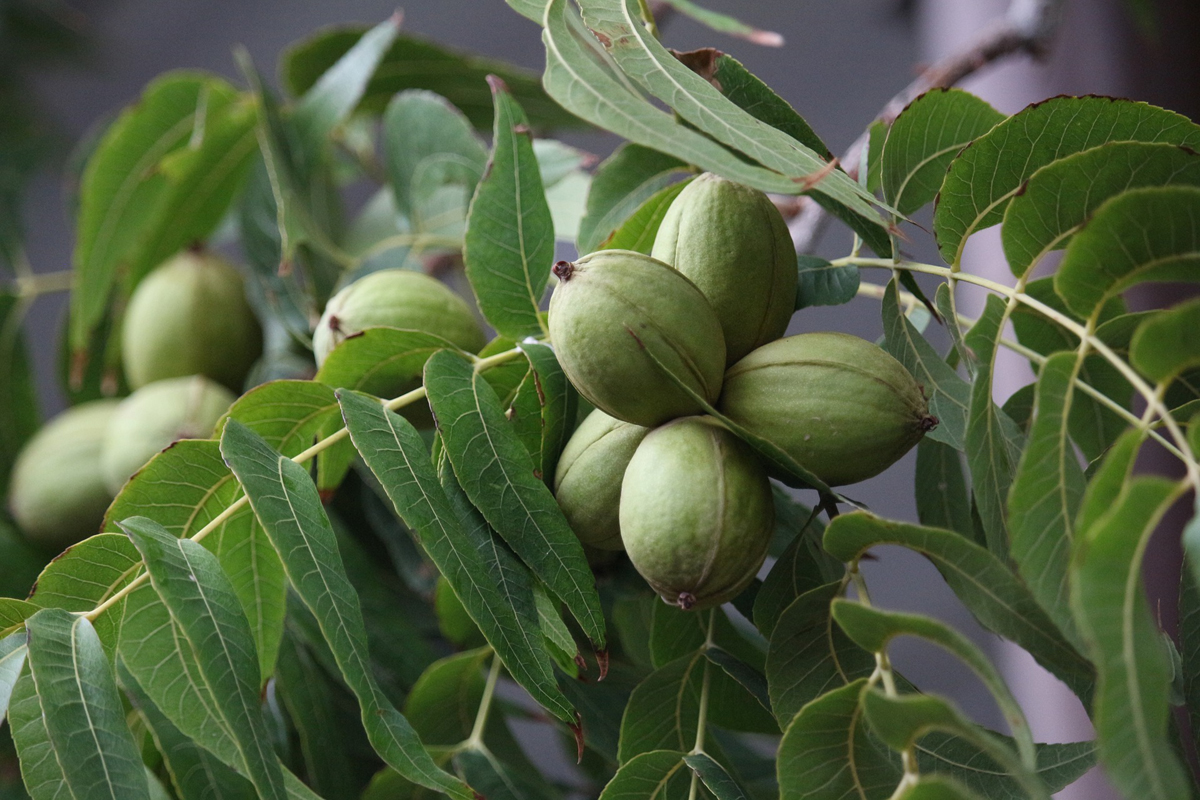
Pecan trees, ‘Carya illinoinensis,’ grow in natural groves in bottom lands near rivers or lakes with nearby periodic overflowing water. Archeological remains and fossil evidence reveals that pecans were collected and stored by Indians, the original settlers and inhabitants of America, and the group now known as the “mound builders.” American Indians followed this same example and were actively gathering pecan nuts when the European colonists arrived. The pecan trees were found growing in their northern limits along the tributaries of the Mississippi River near Louisville, Kentucky; Terra Haute, Indiana; and Clinton, Iowa, which is located at the same latitude as Chicago, Illinois.
In 1792 William Bartram reported in his botanical book, Travels, that identified American plants and animal names and Indian encounters that was located just west of Augusta, Georgia he recorded a nut tree, ‘Juglans exalata’ that some botanists today argue was the American pecan tree, but others argue was hickory, ‘Carya ovata.’ This is one of those circular arguments that will never be resolved to satisfy everyone.
Thomas Jefferson planted pecan trees, ‘Carya illinoinensis,’ (Illinois nuts) in his nut orchard at his beautiful home, Monticello, in Virginia; and George Washington reported in his journal that Thomas Jefferson gave him “Illinois nuts;” pecans which grew at Mount Vernon, Virginia, George Washington’s home. The trees grew and remain majestic in height and spread proudly even today. He called agriculture “the noblest of occupations.”
Pecan trees are native to the United States and are found growing naturally nowhere else in the world. The range of native pecan trees are found growing along rivers in Texas and in surrounding lands of the lower Mississippi River up to Louisville, Kentucky; Terra Haute, Indiana; and Clinton, Iowa, which is at the same latitude as Chicago, Illinois. Native pecan trees are also found growing as far west as Oklahoma, Missouri, and Kansas. Nomadic tribes of Indians carried these nuts from their native habitat into other areas of the United States and planted the nuts there as seed. Some of these trees have grown and survived as ‘Goliath’ specimens, such as one seedling with a 7 foot diameter trunk that is located at the TyTy, Georgia, nursery farm.
The shape of pecan nuts is highly variable; some are oval shaped and some are long and skinny. The size of the nuts can be as small as a pencil eraser or as large as 1.5″ inches in diameter to over three inches long. The kernels can vary in size within the hull; some filling out poorly or some not filling out at all. Some pecans have a kernel density so compact that the shells can be broken while the nuts are still on the tree by the swelling pressure that is generated from within, especially after heavy rains at the end of the ripening season.
The flavor of the pecan is considered by most nut gourmets to have a plumpness and juicy sweetness that is superior to all other nuts, without exception. Many commercial pecan shelling operations prefer to use mechanical automatic crackers after briefly soaking the nuts in the shell overnight. That treatment results in producing the highest numbers of ‘perfect halves,’ demanding from the public the highest prices. Some shellers prefer to shell small seedling (native pecans), because a candy maker or baker can place one nut on top of his confection at a lower price, since smaller halves of nuts cover more individual pieces of candy than would larger nuts. The pecan kernel is unique, because it contains an extremely high concentration of polyunsaturated fatty acid, and oils which are high in antioxidants. This oil is so concentrated that if a match is lit nearby, the kernel will flame up and is consumed by its own oils held within.
Commercial shellers prefer to offer for sale ‘perfect pecan halves’ to their grocery markets, since large pecan pieces demand the highest prices; however, smaller pieces of pecan nuts are also a valuable commodity for packaging into one pound plastic bags often appearing in grocery stores during the fall and for sales to bakeries. Many confectioners use these pieces in making unique pecan products such as pecan divinity candy, pecan logs, toasted and salted pecans, and pecan brittle. The leftover, tiny pieces of shelled pecans are often ground up into a meal that can be used in baking preparations to transfer that distinctive pecan flavor into goodies.
It is very important to a grower to market the harvested pecan nuts as early in the fall as possible, preferably before Thanksgiving. The market price of pecans plunges after November, because pecan shellers and processors must have the fresh nuts packaged and available for holiday buyers. Some orchards sell their in-shell nuts weighed and bagged to hometown grocery chains or at roadside fruit stands. The price for in-shell pecans is quite variable, depending on such factors as scarcity, quality, and unit size, but generally native pecans (seedlings) sell for lower prices than improved cultivars. Recent seasonal prices for in-shell nuts ranged from $1.00 to $2.25 per pound wholesale. The thinness of the shells of pecans is an important characteristic in determining the value of pecans. The term ‘papershell pecan’ refers to the thinness that allows two nuts placed in the fist to be easily cracked, usually producing ‘perfect halves.’ This thinness of the shell occurs occasionally in the extreme-a pecan cultivar with such thinness of the shell that the nut can easily be cracked between two fingers like a peanut. A disadvantage of this extreme thinness can occur when hurricanes come up from the Gulf causing long rainy periods. The kernels swell internally and the shells crack on the tree, providing an entry point for disease that can lead to damage or crop loss. Some years hurricanes have struck crops in September, before kernels of nuts have reached full maturity and immature nuts covered by green shucks were blown onto the ground, sometimes creating a layer several inches thick. These nuts are not worth saving, unless they fully mature on the pecan tree to the point beyond the shucks turning a deep brown or black color.
Pollination is not an important factor for pecan trees in most of the South and in areas where the pecan trees are native. The reason for this is that pecan trees are wind pollinated and pollen from a tree ten miles away can be pollinated if wind currents are favorable to transfer the pollen from one tree to the other. Some trees are self-pollinating, such as the ‘Desirable’ cultivar of pecan, because the pollen and the female flowers both mature near the same time. Other pecan cultivars have pollen that matures too soon or too late to be effective in pollination of the female flowers. There are enough pecan trees in most naturalized areas of the pecan zones to provide adequate cross-pollination; however, the ‘Desirable’ pecan is generally considered to be the best all-around pollinator, and most orchardists plant one of these pollinator trees at each end of the pecan orchard to ensure complete pollination. In Northern and far Western areas of the United States, it is suggested that a pecan tree buyer get the best information possible before deciding which cultivars to plant.
Despite the fact of the pecan tree’s Southern origin, the nut shows a surprisingly resilient resistance to cold. The pecan tree will live through low temperatures of zero degrees Fahrenheit and other drastic, sudden weather changes.
Pecan trees that produce superior nuts with characteristics of large size, papershell, high kernel quality, reliable production, and resistance to disease are grafted onto native (seedling) understock to ultimately produce uniform crops of harvested nuts in a cultivated orchard environment. Research has shown that the understock can have a considerable influence on the cultivar in terms of tree vigor. Most pecan tree nurseries plant the seed of “Moore” or “Curtis” cultivars to produce a predictable, balanced end-product, which has proven to be satisfactory. Early American nurserymen found that pecan scions could be grafted onto the rootstock of hickory and walnut trees, both of which are closely related to pecan trees, but these grafts were not satisfactory for orchardists-only to hobbyists.
Diseases of pecans over the years have caused the withdrawal of many of the original cultivars from the market. First they seemed resistant to the notorious ‘scab.’ This infection causes black spots to appear on the leaves that can spread to the hulls of the nuts, and later in the growing season can cause the premature blackening and drop of the nuts. Sometimes whole crops of nuts can be affected or lost during rainy summers and hurricane season unless the trees are sprayed often. Some insects can damage the quality of ripening nuts or even cause premature dropping; however, many orchardists now control all problems of pecan trees by periodic spraying and weed control. Zinc, manganese, magnesium, and boron deficient soils of the Southeast can be inexpensively controlled easily by soluble, small applications of the elements.
Land speculators of the 1920’s planted thousands of acres of pecan orchards in South Georgia, near Albany, with the idea of reaping huge profits from nut production. The trees were subjected to scab infections, that seemed to have mutated and preferentially attacked some cultivars and other cultivars showed different stages of immunity to the disease. New preventive sprays were not available at that time to protect the pecan trees, but many of those orchards have been revived to produce profitable harvests by spraying programs or by topworking the trees to scab resistant cultivars.
In Central Georgia, where peach production flourished for many years, many pecan trees were planted at large distances between the peach trees, because peach trees only have a life expectancy of 10-15 years. The peach growers hoped that when the peach orchards died out, they would be replaced by mature pecan trees, ‘in situ,’ which is exactly what happened. Central Georgia has become a major producer of high quality papershell pecans as a result of the insight of the peach tree growers and their correct selection of new, superior pecan tree cultivars.
Pecan trees can be harvested commercially by tractor mechanical shakers, after the shucks have turned brown or black on leafless trees after the first frost. The ground beneath the pecan trees must be swept clean and automatic vacuum mechanisms remove dirt particles, twigs, etc, and the nuts can be bagged in the field.
Pecan nuts were reported to contain higher antioxidants than any other nuts, followed by walnuts and hazelnuts (filberts) in the June 9, 2004, issue of Journal of Agricultural and Food Chemistry. Antioxidants help to prevent, repair, and reduce oxidative stress a mechanism that interferes in healthy body functions by damaging cells that can lead to the formation of cancer, heart disease, Alzheimer’s Disease, and Parkinson’s Disease.
Dr. Jose Pena, extension economist in Uvalde, Texas, stated that “consumers prefer pecans over walnuts and almonds,” even though they are purchased at a higher price. The U.S. Department of Agriculture recommends that citizens should eat 3 to 5 servings of nuts each day to maintain a healthy diet. “Just a handful of pecans offers Vitamin E, calcium, magnesium, potassium, zinc, fiber, and more antioxidants than any other nut.”
Pecans have a very high concentration of Vitamin A that protects teeth, eyes, and bones, as well as benefiting general health. Because of recent interest in nuts as a healthy food, sales of pecans and other nuts have skyrocketed. Pecans offer a delicious, healthy nut to world markets with profitable financial rewards to those who choose to plant and market the product.
The Author:
Learn about acacia fiber and acacia baileyana at the Acacia Plant site.

